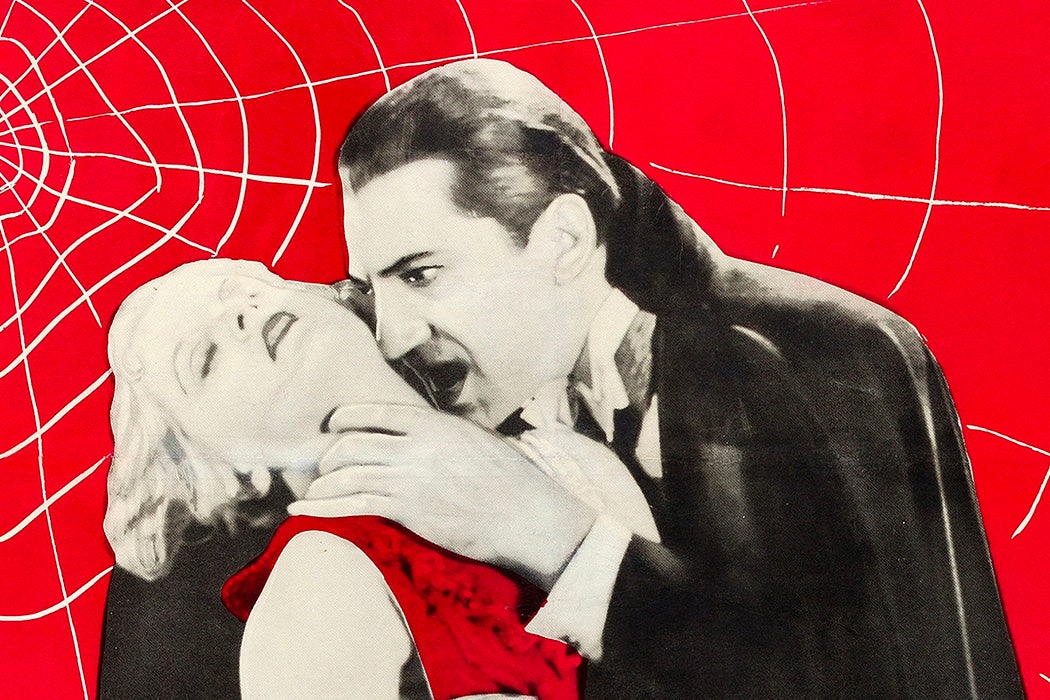Strange tales of vampirism in eastern Europe started reaching western Europe in the late seventeenth century. People who were dead and buried were said to return to their villages, even their own families, to suck blood. Such stories sparked a debate among natural philosophers about the nature of knowledge. Could such outlandish things be true—especially when backed up by seemingly reliable eyewitness testimonials?
The early modernist scholar Kathryn Morris explores the debates that greeted these reports of vampires, putting them in the context of the rise of empirical, evidence-based approaches to the facts of the world. It could be dicey to automatically reject the potentially vampirical; new findings from the world beyond Europe were “challenging established ideas about the world’s inventory.”
And vampire evidence came from the testimony of military men, doctors, and clergymen sent by their superiors to investigate the rumors. “The overly credulous risked accepting fabricated or fraudulent facts, while the overly incredulous risked rejecting new facts too quickly because they did not fit expectations,” Morris writes.
Morris quotes Jean-Jacques Rousseau, who wrote, “If there is a well-attested history in the world, it is that of Vampires. Nothing is missing from it: interrogations, certifications of Notables, Surgeons, Parish Priests, Magistrates. The judicial proof is most complete.” But as to whether this paperwork proved the existence of vampires, Rousseau was ambiguous, though he noted that the witnesses to the unbelievable were credible themselves.
One person who took the sources seriously was the abbot Dom Augustine Calmet. His best-selling book of 1746, Dissertations sur les apparitions des anges, des demons et des esprits et sur les vampires de Hongrie, de Boheme, de Moravie et de Silesie, examined the reports about vampires in detail. He ultimately came to the conclusion that vampires did not exist and that, as Morris paraphrases him, “the vampire epidemic could be explained in terms of a combination of fearful delusions and the misinterpretation of the natural processes of death and decomposition.”
But Calmet ran afoul of Voltaire, who had no truck with vampirism—“What! Is it in our eighteenth century that vampires exist?”—no matter whose testimony was cited. In fact, he charged that Dom Calmet really did believe in vampires and, as the vampires’ “historian,” was actually doing a disservice to the Enlightenment by paying attention to the testimony in the first place.
Weekly Newsletter
Voltaire’s purposeful misreading of Calmet was ideological, according to Morris. His “own views on superstition demanded that even widespread, consistent testimony be rejected as the reliable basis for knowledge-claims.” For Voltaire, all superstition was fake news: false, dangerous, and easily spread. “After slander,” he wrote, “nothing is communicated more promptly than superstition, fanaticism, sorcery, and tales of those raised from the dead.”
John Pollidori’s 1819 story “The Vampyre,” from an idea of Lord Byron’s, resurrected the figure of the undead in western Europe. Pollidori set the template of the aristocratic blood-sucker, giving birth to plays, operas, and more fictions by Alexander Dumas, Nikolai Gogol, Aleksey Tolstoy, Sheridan Le Fanu, and finally, in 1897, Bram Stoker, whose novel Dracula embedded its fangs deep into the throat of popular culture.
Support JSTOR Daily! Join our new membership program on Patreon today.







